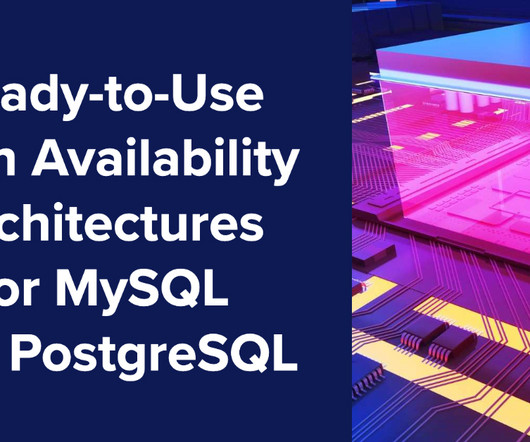Kubernetes in the wild report 2023
Dynatrace
JANUARY 16, 2023
The strongest Kubernetes growth areas are security, databases, and CI/CD technologies. On-premises data centers invest in higher capacity servers since they provide more flexibility in the long run, while the procurement price of hardware is only one of many cost factors. Databases : Among databases, Redis is the most used at 60%.
















Let's personalize your content